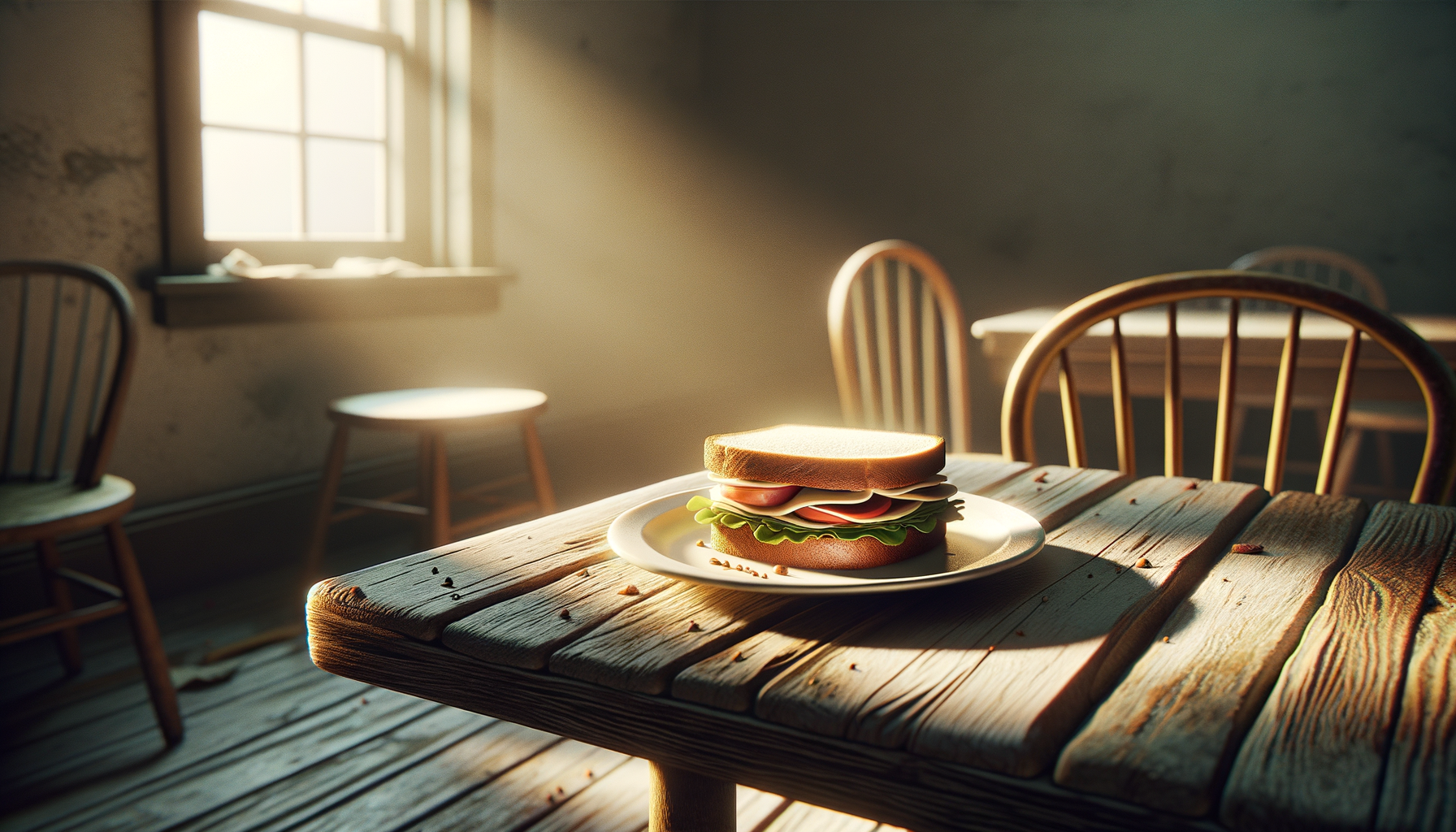Sometimes, it takes getting stuck in a rut to realize you’ve been standing in one all along. For me, that realization came not during a dramatic life event or a burst of inspiration, but in the humble decision to start doing one small thing every day—eat dinner at my table. Yes, my actual dining table, the one I used to glance at guiltily as I walked past it to plop on the couch, fork in one hand, remote in the other. What I didn’t know then is that this tiny habit would become one of the simplest, yet surprisingly transformative, shifts in my life.
Pull up a chair, because I promise this isn’t just about dinner. It’s about presence, connection, and finding joy in the ordinary moments that make up our days—and yes, sometimes about saying goodbye to crumbs in the couch cushions too.
The Myths We Tell Ourselves About “Small Things”
Let’s rewind to a version of me a few years ago. Picture this: A long day spent writing wine descriptions that used words like “unctuous” and “floral bouquet” (yes, it’s a real job), followed by Netflix marathons on the sofa where my attempt at balance was pairing pad thai with sauvignon blanc. Casual dining was an understatement—I was the queen of eating from ceramic bowls perched precariously on my knees, thinking, “I’ll start that whole ‘mindful mealtime’ thing later when life calms down.” Spoiler alert: Life doesn’t calm down. You have to calm yourself down in the middle of it.
Small habits, I used to think, are nice ideas in theory. Lighting candles? Cute. Sitting with a plate instead of shoveling bites in between emails? Aspirational at best. The thing about those small changes is that they sound inconsequential—until they’re not. But back then, any effort toward intentionality felt heavy. You know the mental gymnastics: “Why take two minutes to set a place at the table when I could be horizontal with a bottle of cab franc already open?”
Sound familiar? Here’s the truth: The tiny, seemingly mundane shifts are often where the magic starts. Forget chasing life-altering New Year’s resolutions—the power lies in the daily rituals we actually stick to, because they quietly but firmly rebuild the way we show up in the world. For me, the catalyst began when an old friend came to visit and casually commented, “Do you even use this table? It’s adorable.” Something in her tone felt accusatory—not of neglecting furniture, but of neglecting myself.
Reclaiming Dinner (and My Sanity) One Meal at a Time
I decided to try it for a week. Seven dinners at the table, no distractions. Was this a revolutionary act of self-care? Not exactly. The first two nights, it felt downright awkward, like I should petition the universe to send me a dinner guest STAT. I’d sit there alone in silence except for the hum of my apartment refrigerator, shoveling carbs in half the time it took to prepare them.
By night three, it struck me how accustomed I’d become to tuning out—scrolling Instagram or letting the TV act as my dinner companion. Sitting with just myself for company felt oddly intimate. At some point, I began noticing things: the way the light softened through the kitchen window at dusk, how roasted vegetables crisp differently depending on their size, the way taking one focused bite can slow your whole body down. I finally started savoring—not just the food but the fleeting, irreplaceable moments of calm each day had to offer.
Now, before this sounds too idealized, let me clarify: There were zero violins playing in the background. I did not turn into Meryl Streep in Julie & Julia, cooing over beef bourguignon every evening. I ate leftovers on mismatched dinnerware and sometimes gave side-eye to the chore of doing dishes afterward. Yet none of that diminished the transformation taking root—what once felt inconsequential became a daily anchor grounding me in simplicity, stillness, and gratitude.
Why This Small Habit Mattered More Than I Expected
It wasn’t long before this nightly ritual began bleeding into other parts of my life. Because here’s the thing: The way we do one thing often reflects the way we do everything. Suddenly, I found myself approaching other areas with the same attentive spirit my dining table taught me. Those frantic, disheveled mornings where I used to scramble out the door with a half-sipped coffee? I started getting up 10 minutes earlier to fully sit and drink it. Relationships where I’d been too rushed for meaningful connection? I made space for phone calls uninterrupted by multitasking.
Here are some unexpected things I gained: - Better digestion: I’m not saying dinner-table habits will replace probiotics, but eating at a slower pace helped with post-meal energy (and let’s just say, fewer regrets after tacos). - Clarity about what I want: Sitting quietly put me face-to-face with thoughts and emotions that I’d been numbing with noise. It can feel uncomfortable at first, but real self-awareness starts in the moments of presence. - A reason to romanticize daily life: Lighting a candle, plating food nicely, and pouring wine into a glass instead of a mug—all felt a little extra at first, but now they’re micro-reminders that everyday moments deserve beauty and care. Life doesn’t have to wait for grand occasions to be celebrated.
How to Create a Small Habit That Actually Sticks
If you’re tempted to try this but have a list of reasons why your life’s too busy, chaotic, or uninspiring, here’s my advice: Start anyway. Change takes practice, not motivation. Here are some tips to get going:
- Shrink the goal until it feels doable: Mine wasn’t “become Martha Stewart overnight”—it was “eat at the table, even if dinner is takeout.” Start where you are.
- Eliminate the friction: Keep your table clutter-free, set out a placemat, or have a 5-minute playlist cued to play while you eat. Create an environment that invites ease.
- Treat it as non-negotiable: Habits like brushing teeth aren’t glamorous, but you’d never skip them. Build your ritual into the same category—it’s a small gift you give yourself daily.
And for the love of all things sacred, don’t buy into the idea that it has to look perfect. Some of my favorite solo dinners have been eaten with a wine-stained tea towel standing in for a napkin and frozen pizza on the menu. The point isn’t aesthetic—it’s attention.
Bring It Back to the Table
My dining table isn’t just furniture these days—it’s a practice, a symbol for taking time to be where I am, savoring what’s in front of me. It’s where I’ve sat through tears, laughter, various questionable kitchen experiments, and moments of clarity I’m grateful for, even when they came from simple things. What started as a small gesture now lives at the heart of how I approach life: slow, intentional, rooted in presence. In reclaiming my table, I unknowingly reclaimed parts of myself too.
So, here’s my challenge to you: Find your version of the dining table. Pick one tiny habit that speaks to intentionality, joy, or care in the life you’re already living. It might not change the world—but it just might change the way you experience yours. Cheers to savoring every bite.




















